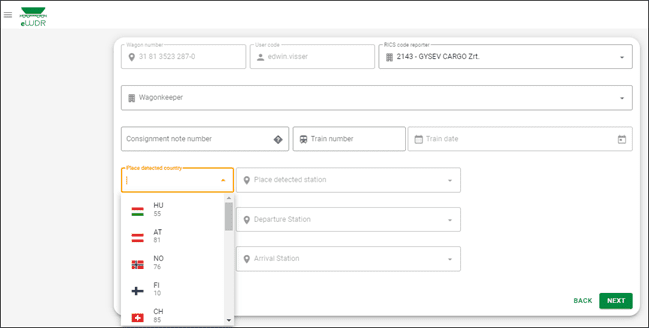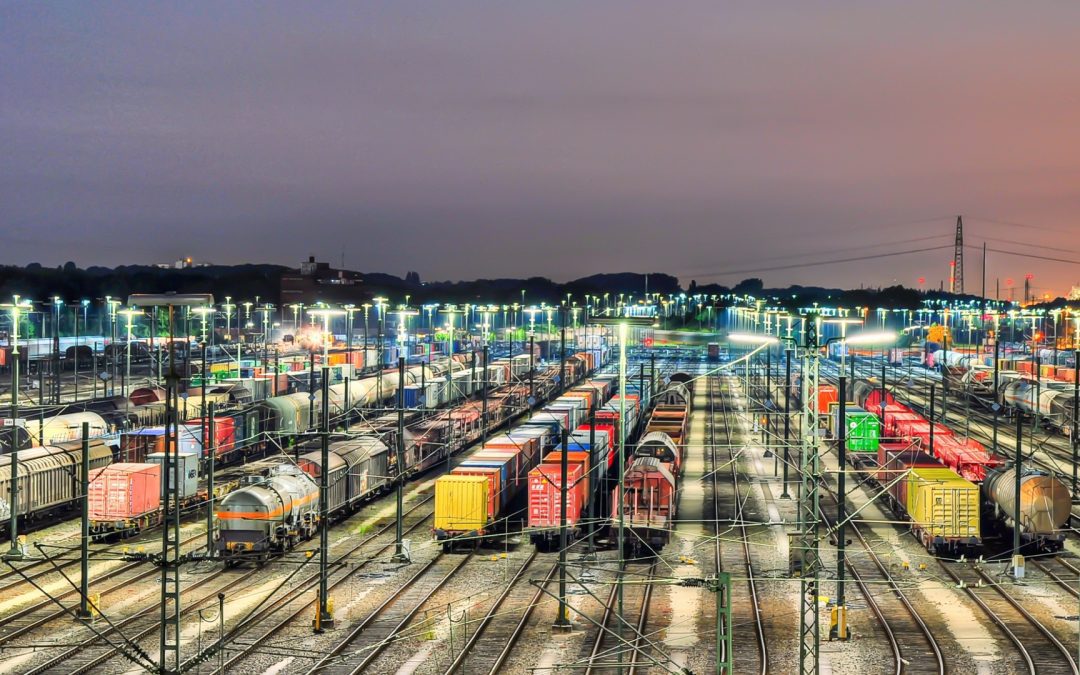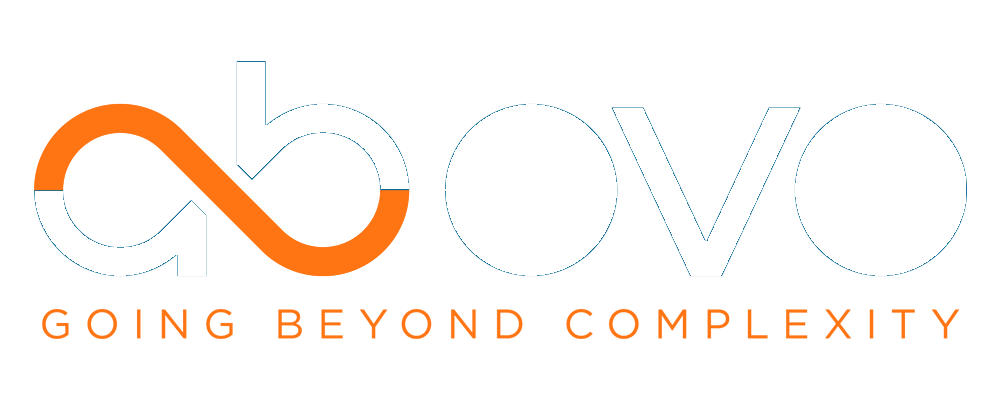Written by: Merijn Koolstra
Rail | 5 mins read + 2 mins watch
– Inspecting wagons and locomotives is an important part of the work of a railway undertaking (RU). Each transport is preceded by inspecting the train, which is made up of one or more locomotives coupled with one or more wagons. During this inspection, it is possible that damage is detected on one or more wagons.
It is very important for a RU to register these damages as correctly and completely as possible. This is to determine in time who is responsible for the damage that has arisen and to prevent the RU from being held honestly liable for the damage by the wagon keeper later on. This is important in the case that the RU is not the owner of the wagon, but the entitled or commercial user. Also for safety reasons, it is important to register the damage in a timely and correct manner and to take immediate action if necessary.
Efficiently Register Damages
It is very important for a Railway Undertaking to register damages as correctly and completely as possible.If the RU itself is the owner of the wagon(s), it is also important to detect damage in time. By registering the damage or irregularity this information can then be used by the maintenance department of this RU in the case it is needed to repair this damage directly. When it is not needed to repair the damage immediately it is important to already have registered the irregularities of this wagon because this information can then be used in the workshop at the next scheduled overhaul of the wagon.
Article 18: Ascertainment of damage (GCU)
Article 18 of the GCU (General Contract of Use) says the following about damages on wagons:
When damage to a wagon or the loss or damage of the removable accessories mentioned on the wagon are discovered or presumed by an RU or the keeper claims they exist, the RU shall without delay and, if possible, in the keeper’s presence, draw up a wagon damage report (as per Appendix 4) documenting the nature of the damage or loss and, insofar as possible, the cause and the time it took place.
When the damage or loss of parts does not prevent the use of the wagon in traffic, the keeper does not need to be invited when the damage or loss is recorded. A copy of the wagon damage report shall be sent to the keeper without delay. If the keeper does not accept the contents of the wagon damage report, he may ask for the nature, cause, and extent of damage to be recorded by an expert appointed by the parties to the contract or by judicial means. This procedure shall be subject to the law of the country in which it takes place.
When a wagon sustains damage or loss of a part and is unable to run or be used as a result, the RU shall also inform the keeper immediately, providing the following information as a minimum:
- the wagon number
- the status of the wagon (loaded or empty)
- the date and place it was withdrawn from service
- reason for withdrawal from service
- details of the department to contact
- probable duration of wagon unavailability (up to 6 working days; more than 6 working days).
Efficiently Register Damages
..."the RU shall without delay and, if possible, in the keeper's presence, draw up a wagon damage report (as per Appendix 4) documenting the nature of the damage or loss and, insofar as possible, the cause and the time it took place."About the Wagon Damage Report (Appendix 4)
In accordance with Article 18 GCU, the user RU must send an electronic WDR to the wagon keeper for all wagons registered in the GCU database. The content of this WDR must be sent as an XML message, compliant with the GCU XSD schema. In case the user RU is not able to send the WDR as XML, the report must be created using the predefined GCU WDR PDF template. Own PDF templates or adaptions of the template must not be used. If necessary, the user RU may attach photos, supplementary documents, and information to the WDR.

eWDR App + 2 mins Demo
Ab Ovo has developed a mobile app that makes it easy for an operator to register damage and to send the damage report to the wagon keeper. The damage process is more efficient by using the eWDR App by easily registering damage and forwarding it to the wagon keeper. The following parts of the damage can be recorded in the eWDR App:
- Wagon number (input via OCR possible)
- Wagon keeper (VKM)
- Train number and Train date
- Location where the damage is detected
- Departure location of the wagon
- Arrival location of the wagon
- Damage(s)
- by selecting a defect code from the catalog
- Damage label
- maybe a different label than the one associated with the defect code.
- Photos of the damage
- Other labels found on the wagon (of another/previous RU)
- Party responsible for the damage
When all mandatory information of the damage report has been entered, it is possible to save the report and send the (WDR) damage report to the wagon keeper. It is also possible to connect this app to your own back-end system in order to have the damage registered here. This can easily be done through an API. The damage record can then be completed from the back-end system and made final. The result of this will be a WDR document which can be sent to the wagon keeper.
More information
For more information, please contact Merijn Koolstra via merijn.koolstra@ab-ovo.com or request a discovery session to learn more about efficiently registering wagon and locomotive damages.
Merijn Koolstra is a business consultant and has been working for Ab Ovo for more than 8 years. He studied logistics in Rotterdam and has more than 15 years of experience in the world of transport and logistics so he knows what he is talking about. Looking for smart (IT) solutions for business processes together with the customer is something he gets enthusiastic about.



